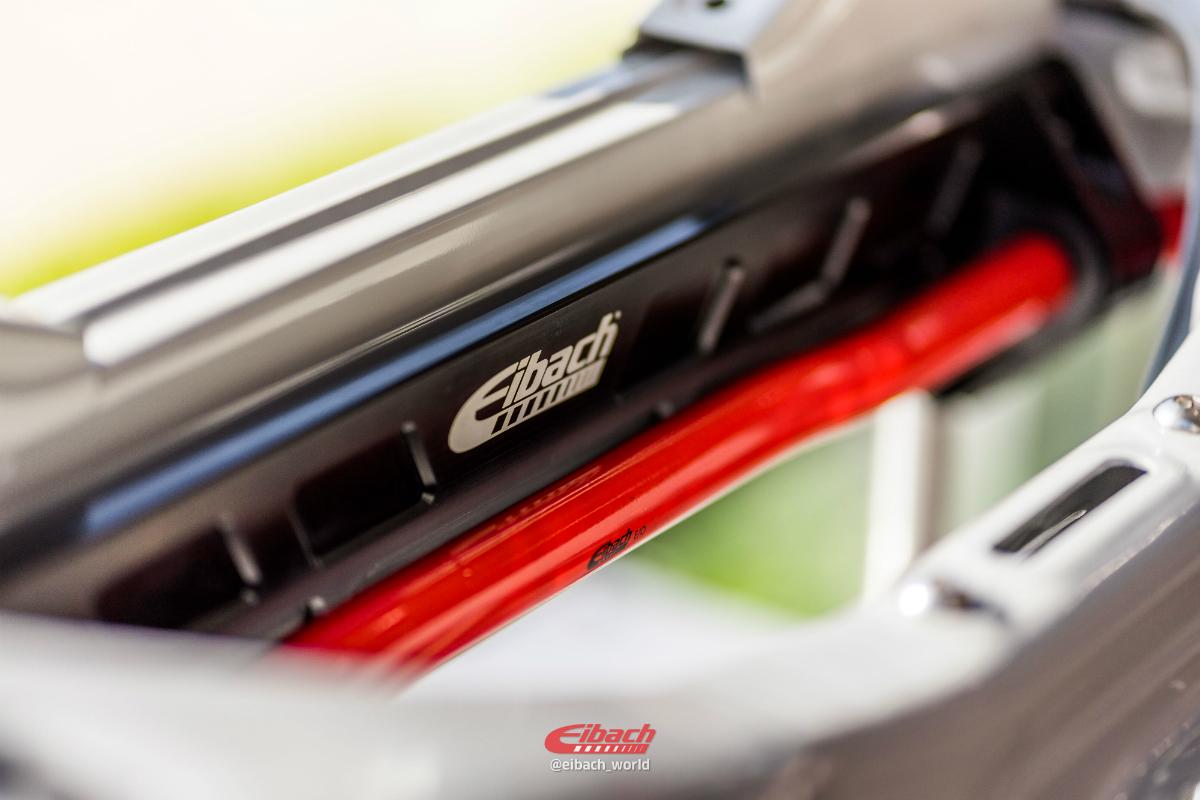Upgrading your stabilizer bars (sway bars) gives drivers the flexibility to fine tune specific handling characteristics of their vehicle. As a manufacturer of performance suspension, Eibach engineers our bars to work in conjunction with both the factory equipment and our performance springs to deliver a balanced system that reduces body roll while improving cornering stability and grip.
About This Sponsored Content
Eibach is a developer and manufacturer of high-performance suspension equipment that has been tested at the highest levels of motorsport. Eibach production technology is recognized worldwide as leading its field, from our high-strength spring-steel alloys, our advanced CNC winding process, our high-quality corrosion protection and the legendary longevity of our components.
Whenever possible, Eibach stabilizer bars are designed with varying levels of adjustability that can change the spring rate of the bar, allowing you to fine tune vehicle balance by adjusting the amount of force transmitted to each corner of the vehicle.
When making adjustments, it’s important to remember that increasing the spring rate of the bar reduces compliance in suspension, which alters the handling balance of the vehicle.
The stabilizer bar acts as an unwound coil spring, which transmits force from one corner of the vehicle to the other. When making your adjustments, consider the length of the stabilizer bar. A longer lever arm will produce less force. By adjusting the end link to the adjustment hole furthest from the center of the bar, you will in essence be using a “softer” reduced rate setting. Conversely, when adjusting to the hole closest to the center of the bar, you are using a “stiffer” increased rate.
This can be a desired effect depending on drivetrain configuration.
Front wheel drive cars are prone to understeer. This is due to the front tires overworking the drive wheels and the steer wheels at the same time. Increasing the rear anti-roll bar rate helps the balance of a front wheel drive vehicle.
A rear wheel drive vehicle is more prone to oversteer from the rear drive wheels. A different rate front bar can balance a twitchy rear wheel drive car and give the driver more confidence in the turns.
Understeer, also known as pushing or plowing, is when the steering input has less effect than desired on the direction the car is turning. Most OEM’s design their vehicles to understeer at the limit of tire adhesion. Too much understeer will cause a vehicle to “push” the nose forward and direct any impact to the front of the vehicle. This is the safest way for the car to lose control.
Oversteer, also known as power sliding or drifting, is the opposite. In an oversteer event, the vehicle is turning more than the intended amount of steering input. Too much oversteer can cause the rear of the vehicle to lose traction and go into a spin.
Whether driving down some twisty mountain roads or through the corkscrew at Laguna Seca, upgrading your stabilizer bars will transform your vehicle into a corner-carving machine. Being able to adjust to specific track conditions is what sets the prepared racer apart from their competition
